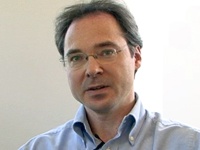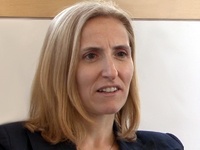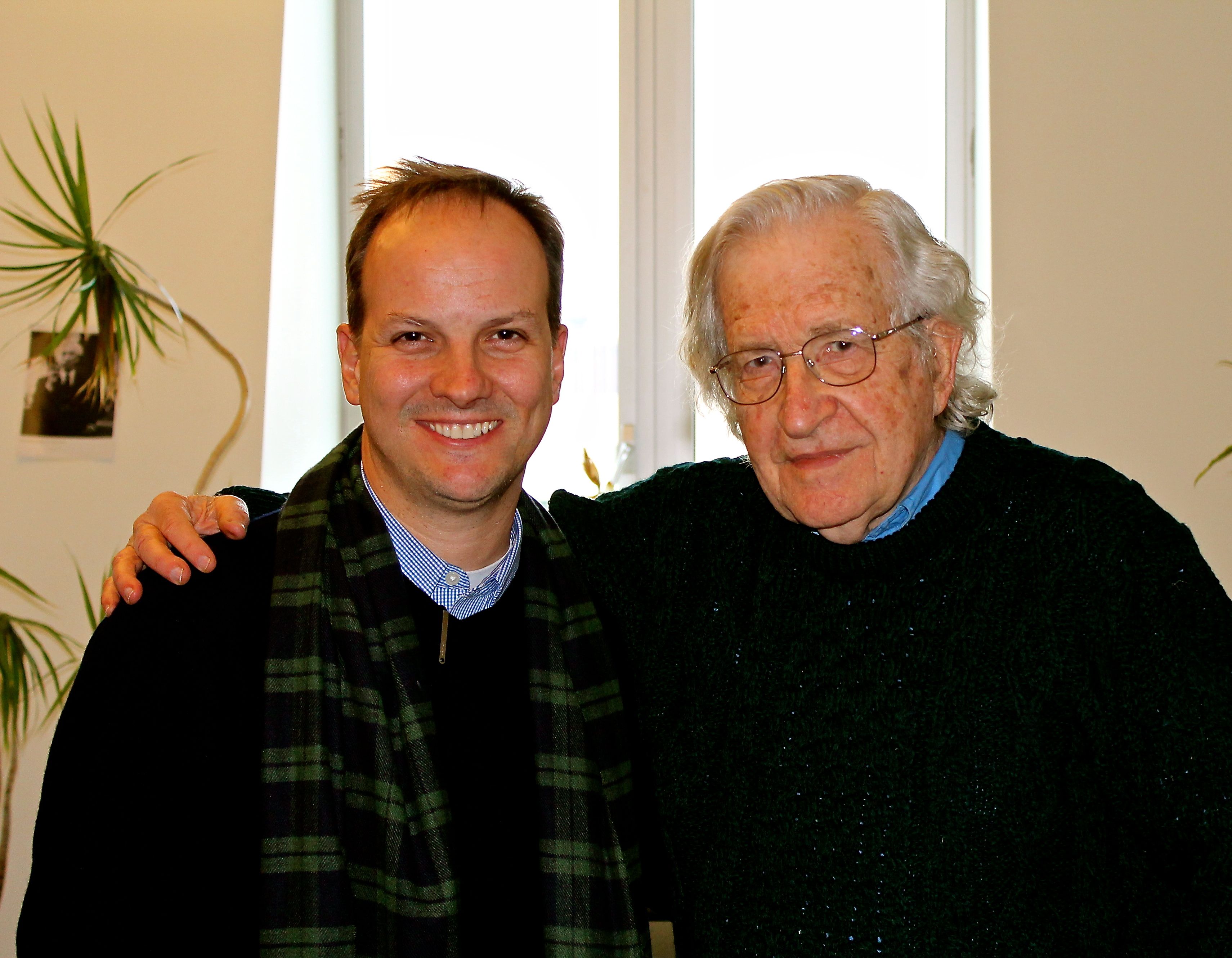Editor’s note: This post is part of a series showcasing Barcelona GSE master projects by students in the Class of 2014. The project is a required component of every master program.
Why Do Labels Work? A Theoretical Analysis and Proposed Test Design of Mechanisms Underlying Labeled Cash Transfers
Authors:
Angela Bouzanis, Victoria Gonsior, Rozália Kepes, and Eva Werli
Master Program:
Economics
Paper Abstract:
Labeled Cash Transfers (LCTs) are Unconditional Cash Transfers (UCTs) with a specific label attached stating the purpose of the cash transfer in order to guide recipients in allocating funds. Recent economic research has provided evidence for the efficiency of LCTs, but the literature is still missing theoretical foundations. In this paper, we propose four mechanisms based on behavioral economics that have the potential to explain why LCTs work. We construct a theoretical framework for designing labels based on (1) mental accounting, (2) lying aversion, (3) social norms, and (4) informational updates. Additionally, we put forward a randomized controlled trial (RCT) with four treatments according to these four theories in order to test which of these mechanisms have a significant effect on educational outcomes. While at this stage we cannot analyze results, we present our identification strategy and address some general issues and specific concerns regarding our experiment.
Read the full paper or view slides below:
[slideshare id=37413123&doc=labels-slides-140728024936-phpapp01]




